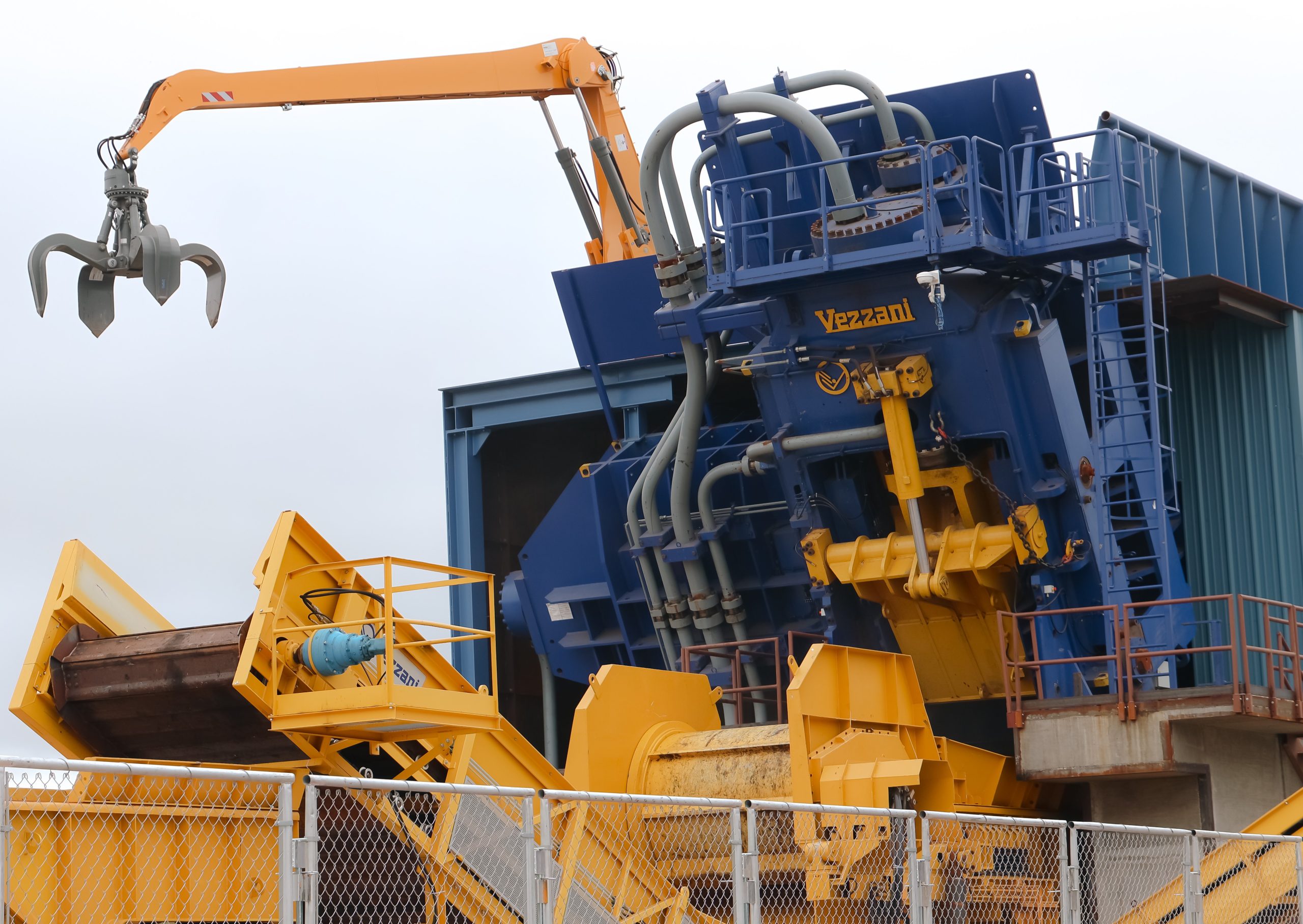Market

November 8, 2015
Regional Scrap Prices Come into Focus
Written by John Packard
On Thursday we reported scrap prices moved sideways on certain grades in the east and were down by as much as $30 per gross ton the further west you went. Chicago ended up the week with the weakest prices as many mills did not buy due to tepid demand and a desire to drive inventories down.
Over the weekend we got better clarification from various scrap sources as to how trading went and what were the main catalysts pushing prices by region.
Today I am sharing two reports from active ferrous scrap company executives, one from the east coast and one located in the Ohio Valley.
“I would describe this market as varying by region and grade. Regionally the weakest markets are to the west (Chicago) and south, strengthen as you get closer to the coast/ports. Export sale prices have increased moderately but the real driver in recent increases on the US east coast is lack of supply. US exporters are concerned they will not have enough scrap to load for Nov-Dec vessels.
“Western markets are very weak due to anemic demand and excess prime scrap available. To the west prices are down $20 for obsolete (shred/cuts) and $30 for primes, Indiana down $15 obsolete down $20 primes. In the Ohio Valley it’s $10 and $15 and finally on the east coast sideways to up $10 for HMS.
“Price drops are varying on grades due to the continued excess prime scrap being generated versus lower inbound tonnages for obsolete grades. Not only are we seeing prime prices drop below shred but in some regions prime scrap will trade at the same price as cut scrap. Mills are substituting as much primes for shred as possible. As a result many dealers are now opting to shred their bush to increase its marketability.
“Many US mills are trying to conserve cash by depleting scrap inventories as well as processing and melting as much of their own home/revert scrap as possible. This is reducing short term scrap demand but raises the expectation of the necessity of restocking on the horizon. There is a growing consensus on both sides of the table that Nov is the bottom but no clear consensus how long that will last.”
From the east coast we got the following recap:
“I think for now, scrap prices have hit bottom. I say that with a good bit of confidence (as opposed to speculating that they have hit bottom which is what I have been saying for the last few months). There are some factors which I will mention in a bit that could drive scrap prices further down, but I don’t suspect that will happen until the flows improve next year.
“Despite four consecutive monthly price drops for ferrous scrap prior to November, prices outside of the Northeast fell again this month. The market overall witnessed demand for scrap that was as bad as I can recall for some time. That lack of any significant demand more than offset the weaker flows which scrap dealers have begun to experience for obsolete grades (though the same cannot be said for prime scrap which continues to flow strong relative to demand).
“But I think dealers were struggling to fill orders taken last month, and as they began to see flows get worse and worse, they did not want to risk getting short the market in November. Indeed, some dealers I have spoken to accelerated their stockpiling of scrap in November. That is likely why the down $25-$30/GT prices some were talking about a week or so ago never materialized. But mills have enough inventory on the ground and en route for now that they were confident enough to cancel orders at the end of October, and generally not jump into the market too quickly to buy in November.
“Export prices have jumped about $20/GT from the bottom several weeks ago, reflecting low Turkish scrap inventories and improved demand for containerized scrap headed to India. Prices for shredded FAS East Coast docks loaded in containers were $170-75 over the last week, giving shredders near ports incentive to sell their shred that way. The low Turkish inventories will be replenished over the coming weeks, primarily with scrap from the Baltic and Europe (thanks to the stronger dollar), as well as some from the US. CIF prices to Turkey for 80/20 are now in the mid-$190s/MT. Most people with whom I speak about Turkish demand do not think that it will last at these prices. But the reality is that the Turks cannot satisfy all their steelmaking needs with imported billet (which appears to have bottomed for now around $265/MT CIF). Potentially lower iron ore prices and a strengthening dollar could push those prices lower again.
“As far as going forward in the US next month and in January, prime scrap will continue to flow but obsolete flows will get weaker and weaker. The collection system is breaking, which is to say a good number of collectors / peddlers don’t think it makes economic sense to keep bringing scrap to yards for what they are getting paid. Owning a shredder, we have already had to increase prices to maintain our existing, weak flows. So I don’t expect December to be any weaker than November and could be higher by $10-$15, with some additional strength heading into January as mills will presumably need to restock some inventory. But don’t get carried away thinking that we will see significantly higher numbers soon. Finished steel demand just doesn’t seem to support that theory, and as scrap prices rise dealers will at some point get short the market and thereby cap the price.”
Settled prices per region for November are as follows:
Northeast:
Shred $160-$170
HMS – $135-$145 mill, $115 – $145 docks (depending on where material is coming from)
P&S – $150-160
Southeast-South Central
Bush 175-185
Shred 170-180
HMS 150-160
Midwest
Shred 160-175
Busheling 160-170
HMS 135-155″
The post Regional Scrap Prices Come into Focus appeared first on Steel Market Update.






